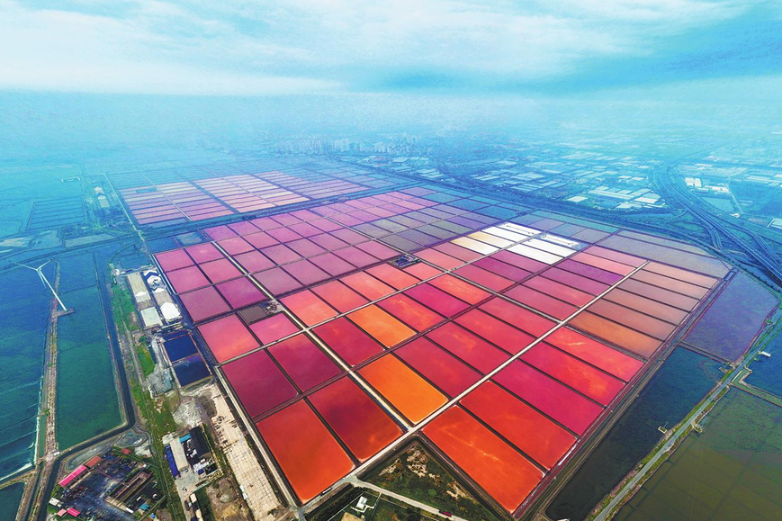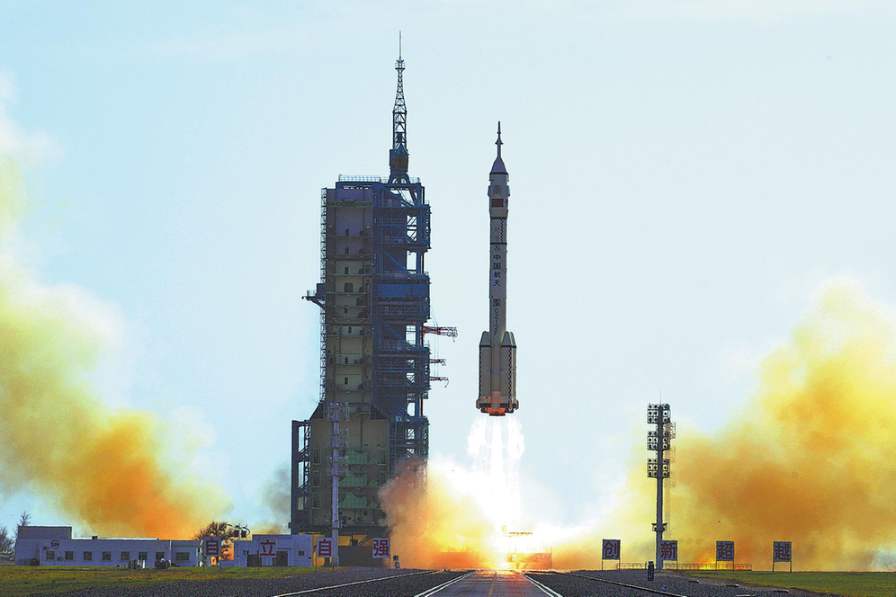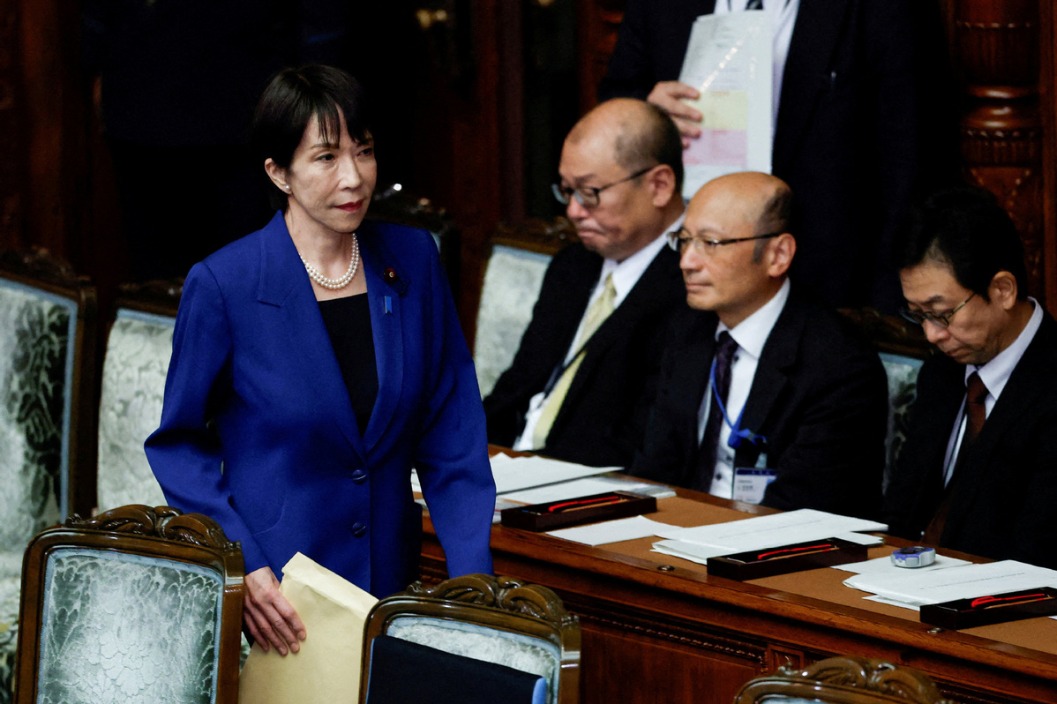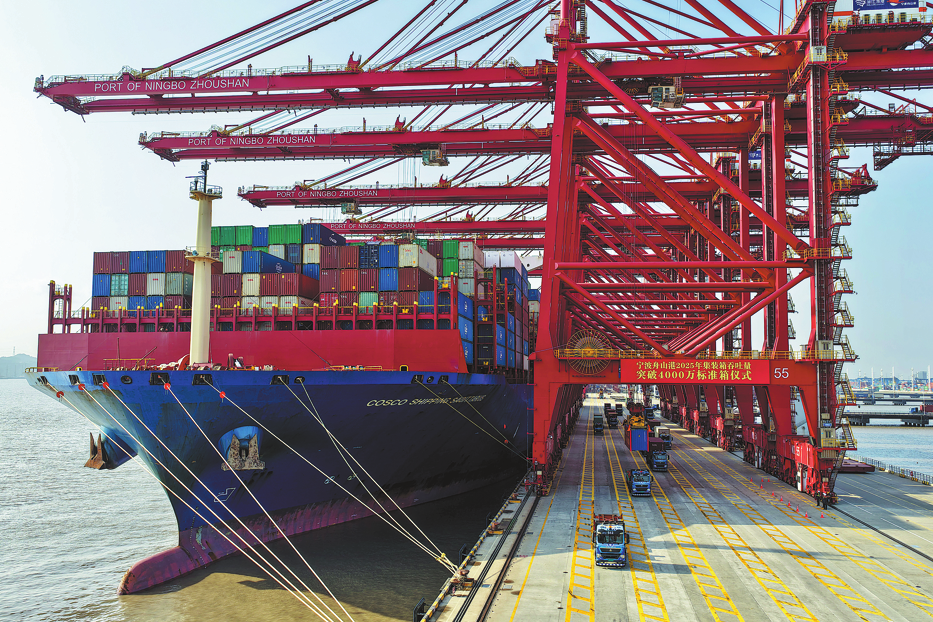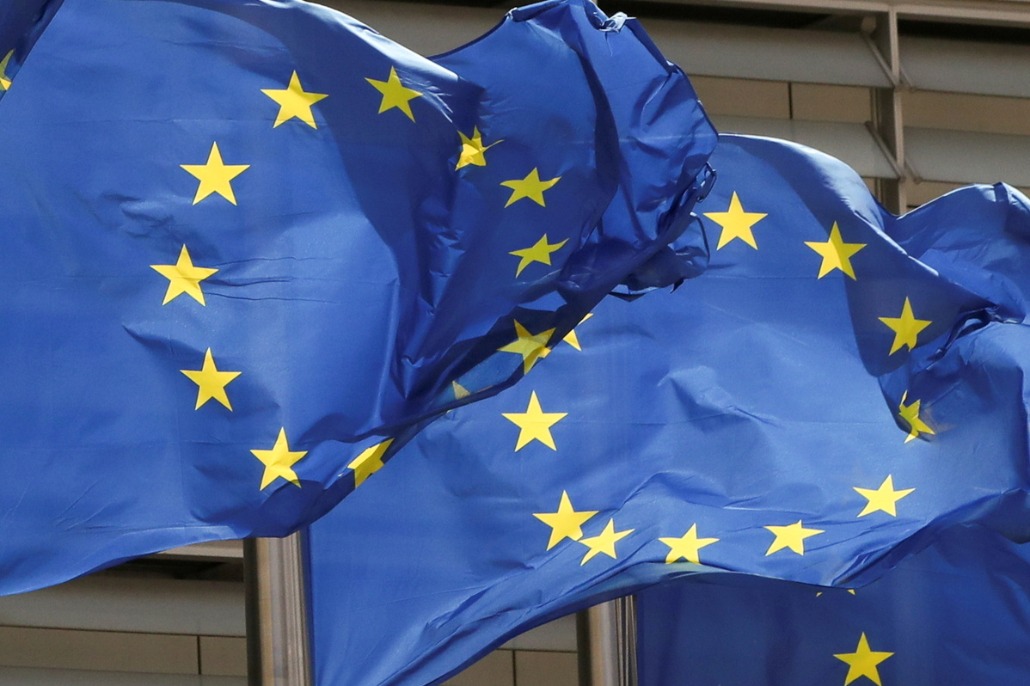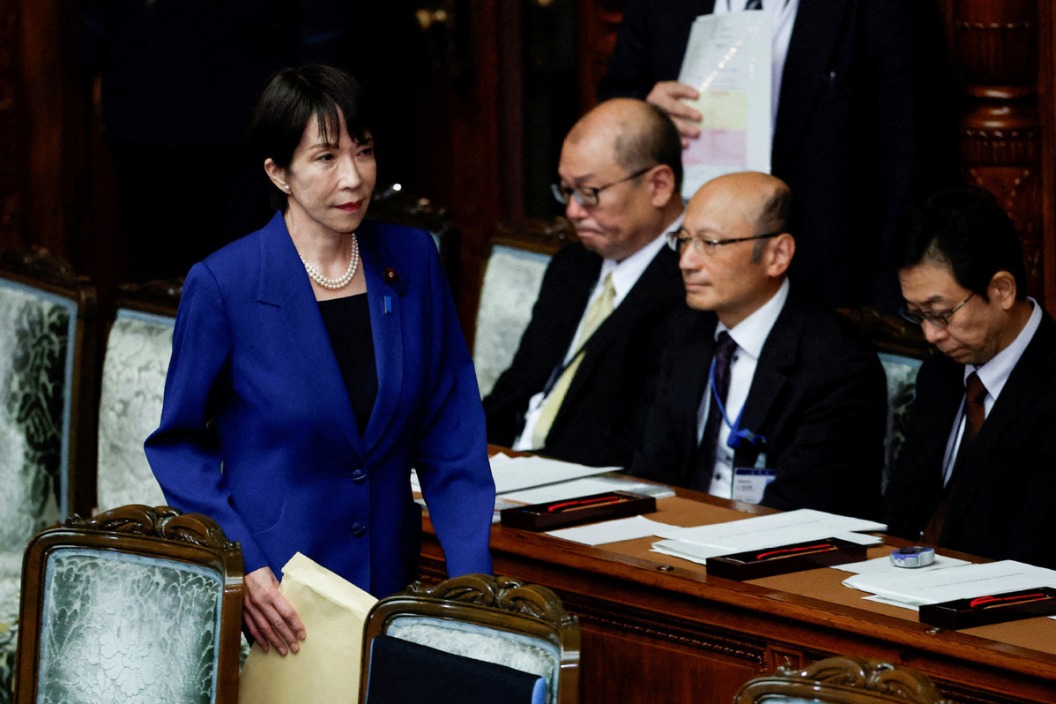A new model of global governance
China's experience as a recipient of aid equipped it and shaped its aid policy under the principle of treating others as you want to be treated

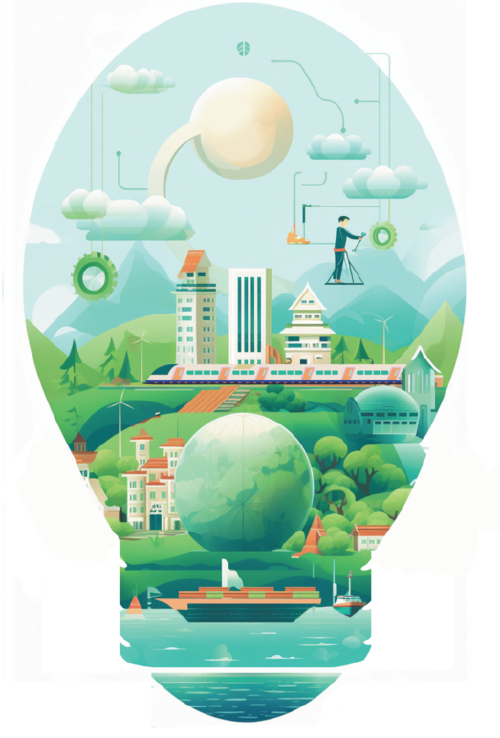
The Belt and Road Initiative was launched in 2013 and has earned a reputation as a grand movement in international development. Based on common interests, the initiative is an extension of China's reform and opening-up. China has been a beneficiary of the current system and has become a major contributor to it, including through the initiative.
One of the studies that delved into global value chains found that for a decade, China has strengthened its economic and trade exchanges and the division of labor with the Belt and Road participating countries while strengthening its domestic regional integration process, which has contributed to the enhancement of the degree of coverage of the Belt and Road countries as a whole in terms of the division of labor in the global value chain.
The production network in the Belt and Road region has fundamentally shifted from the previous model that was "Europe-driven Asia-Pacific" and enhanced China's participation in the global value chain through East and Southeast Asia. The current paradigm has gradually evolved into one in which China is driven in the opposite direction through Southeast Asia and Central Asia, with multiple complete "triangular" chains of trade, and a complete reversal of its position in the Belt and Road region.
The unimpeded trade connection was no doubt boosted by the connectivity of infrastructure. Contrary to malicious Western hype, most countries and regions involved in Belt and Road Initiative projects have developed rapidly. The latest report from AidData, a US data research lab, points out that night lighting is one of the intuitive indicators of household income in the region, and that the brighter the areas on the satellite map, the better the economic development of the region. The team picked up about 4,400 construction projects in more than 130 countries and regions around the world during the past decade, combing out the light and dark changes in the areas where the projects were located.
The results showed that the lights were not only concentrated in the area where the Chinese aid project was located, but it also "illuminated" nearby areas over time, showing a trend of outward radiation. As a result, the team came to the conclusion: China's involvement in infrastructure projects not only drives the local economy, but also drives the overall development of the surrounding region. Just as the old Chinese saying goes, "teaching someone to fish is better than simply giving him a fish".
Besides, China's Belt and Road Initiative prioritizes public services, healthcare, and education in addition to building infrastructure. China is promoting connections, enabling a larger spectrum of individuals to benefit from development. About two-fifths of the projects are roads, railways, bridges, ports, airports, power grids, mobile phone signal towers, optical fiber and other "interconnection" types of infrastructure projects, and another two-fifths are hospitals, schools, drainage networks and other livelihood projects. In order to spread economic development to a wider range of regions, benefiting more people, and consequently narrowing the gap between the rich and the poor in these developing countries, China is connecting the cities and villages of these countries and reducing the distance between regions, and countries.
China's foreign aid policy is unique, focusing on infrastructure with little attached political or economic conditions, when compared to other existing foreign aid donors of mainly Development Assistance Committee members of OECD countries. This can be attributed to the recipient country effect, which is largely influenced by a country's aid-receiving experience. And such recipient country effect shows the pattern of how the economic and political motivations combined are not enough to explain China's unique model of aid-granting, which involves unique patterns based on mutual benefit, strong evidence in trade and investment.
The Chinese experience suggests successful development resulting from its autonomy to external aid assistance, and consequently it eliminates any conditionality in its aid package. It does not mean that China was too arrogant to accept any structural reforms. China did comply with the tolling system from the earliest road project funded by the World Bank in the 1980s, the Chengdu-Chongqing Expressway, that ensured the sustainability of the road. More importantly, that experience in infrastructure building has taught China a valuable lesson that connectivity is the artery for economic development, namely "better roads lead to a better life".
The case of China has proved that while China was an aid recipient, it possessed capacity building of its external aid grants by allocating those grants toward China's gradual economic reform programs. Upon its successful economic development, China became a unique donor, citing as reference its own development experiences over the course of its aid-granting projects. China's experience as an aid recipient equipped it and shaped China's aid policy under the principle of "treat others as you want to be treated".
The opening of a new model of global governance in the future will require the shaping of a set of new concepts, a new order and a new set of rules consistent with the inclusive, shared and sustainable development of human society, and the creation of effective paths to achieve a "new globalization "with a higher vision and at a higher level. All the above indicates that the Belt and Road Initiative is not a replacement for the existing regional cooperation mechanisms, but an upgrade to innovatively explore and build a new model of global governance. It is a Chinese solution to improve global governance.
Gao Yuning is an associate professor at the School of Public Policy and Management at Tsinghua University. Zhang Meichen is an assistant research fellow at the Research Institute for Global Value Chain at the University of International Economics and Business. The authors contributed this article to China Watch, a think tank powered by China Daily.
Contact the editor at editor@chinawatch.cn.


















